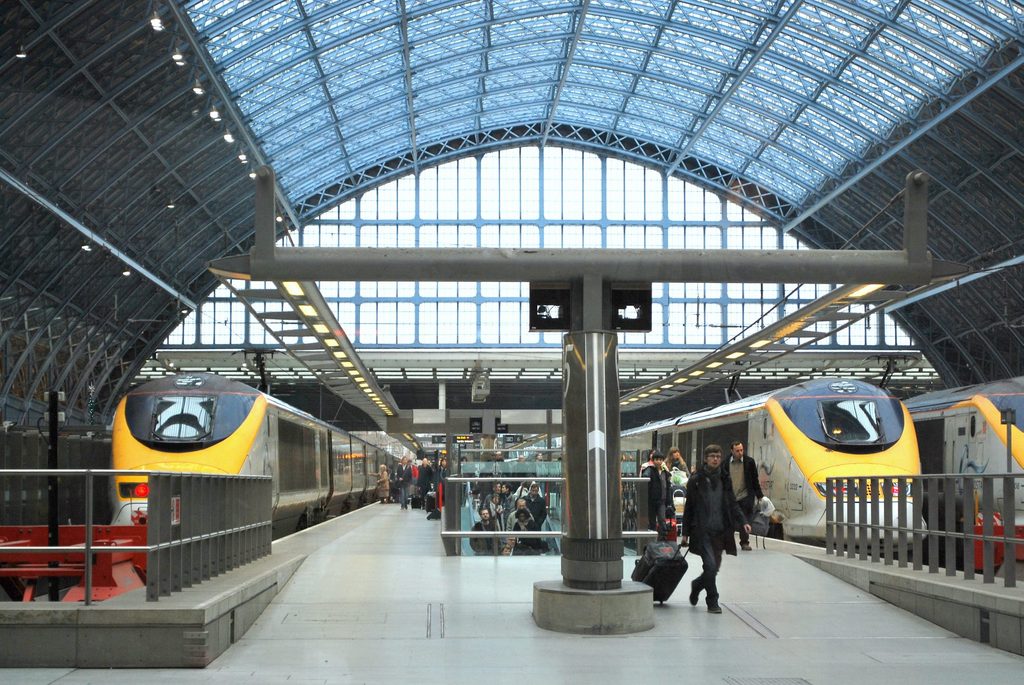Taking the train instead of flying for European travel has garnered widespread interest beyond just carbon-conscious individuals.
The concept of getting from one city centre to the next, along with having the freedom to engage in a range of activities during the journey, appeals not only for ecological reasons but also the comfort and convenience it offers compared to air travel. But despite the allure, there are significant challenges to overcome before trains can genuinely rival planes Europe-wide.
One glaring issue is the cost, with train tickets most frequently more expensive than flying. In a majority of routes analysed by Greenpeace (79 out of 112), flights prove cheaper than rail – despite being vastly more polluting. On average, trains were found to be twice as costly for the same journey. Only 23 routes consistently proved more affordable by train, and even those often suffer from limited and slow connections.
Several factors contribute to this discrepancy, including the expensive maintenance of the land network and uneven taxation compared to aviation, where planes enjoy VAT and energy tax exemptions.
Disjointed networks
Besides pricing, the lack of harmonisation in sales and ticketing systems poses another obstacle. Booking train journeys across Europe becomes a complicated task due to the fragmented nature of independent operators. This system makes it challenging to combine tickets from different providers or determine who will bear the cost in cases of missed connections.
Though Europe has long advocated rail development as an economic and ecological alternative to short-haul flights, major companies like Thalys and Eurostar have so far made little progress towards integrating with the broader network. Connecting airports with high-speed train services has been proposed to encourage the use of trains for short distances, but this proposal faces resistance.

Credit: Belga / Paul-Henri Verlooy
The absence of a genuine European rail operator with cross-border ambitions is a critical issue. Presently, rail strategies remain primarily focused on national interests with large operators like SNCF and Deutsche Bahn prioritising domestic network expansion.
Less national endeavours, such as the revitalisation of night trains, are usually undertaken by smaller operators. However, railway investments require substantial resources and a coordinated effort at the European level is essential to create an attractive transnational rail network. Europe's success in developing corridors for freight transport could serve as a blueprint for passenger travel.
Related News
- For first time this year, Belgian trains were more than 90% punctual in July
- 'Train mecca': Belgian steam engine chugs to locomotive festival in Poland
- SNCB to renovate Etterbeek train station from 2025
The most successful example of European rail cooperation is undoubtedly the Interrail/Eurail Pass, enabling travel across 33 European countries under various conditions. However, this pass requires meticulous planning, studying each country's national operator, and piecing together an itinerary. Nevertheless, it has existed since 1959, well before air travel began to compete with trains for intra-European journeys.
To foster the transition from planes to trains, it is crucial to address these challenges and establish a truly unified European rail network, offering attractive and efficient transnational connections. By doing so, we can ensure that train travel becomes a viable and preferred alternative to flying for a sustainable and enjoyable travel experience within Europe.

